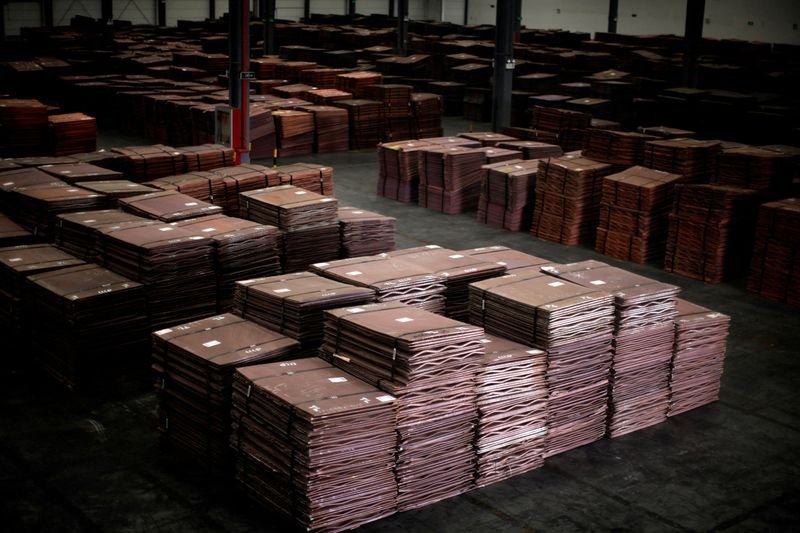Trump Implements Reduced Copper Tariff as US Prices Plummet
In a significant development, former President Donald Trump has adjusted tariffs on copper, leading to a notable decrease in prices across the United States market. This change comes in light of ongoing discussions regarding trade policies and their impact on domestic industries.
Overview of the Copper Tariff Changes
The modification to the copper tariffs is expected to influence various sectors, especially those reliant on this essential metal. Copper serves as a critical component in construction, electrical wiring, and manufacturing. By implementing a reduced tariff, the goal is to alleviate some financial burden on American companies that utilize copper in their operations.
Impact on the Domestic Market
With the announcement of lower tariffs on copper, a marked decline in domestic prices has been observed. This adjustment is likely to benefit numerous industries, particularly construction and manufacturing, by reducing costs associated with sourcing materials. As a result, companies may experience improved profit margins, which could lead to increased investment and expansion.
Broader Implications for Trade and Economy
The decision to modify copper tariffs may indicate a shift in the administration’s approach to international trade relations. By lowering tariffs, the administration appears to be aiming for a more favorable trade environment that could promote stronger economic growth. Observers will be closely monitoring how this change will affect overall trade dynamics, particularly with countries that are major producers of copper.
Key Players in the Copper Industry
Several key players are set to benefit from the new tariff structure. Mining companies, manufacturers, and construction firms are among those who rely heavily on copper for their operations. A reduction in tariffs could allow these businesses to source copper at lower prices, ultimately influencing pricing strategies and competitiveness within the market.
How the Adjustment Affects Consumers
For consumers, the changes in copper tariffs could lead to lower prices for various goods, particularly in home improvement and construction projects. Reduced costs in materials often translate into savings for homeowners and businesses alike. This is particularly relevant as the housing market continues to recover.
Reactions from Industry Leaders
Industry leaders have expressed mixed feelings regarding the tariff reduction. While some view it as a positive step toward lowering operational costs, others remain skeptical about the long-term benefits. Many in the manufacturing sector are hopeful that this change will stabilize the fluctuating prices that have affected their operations in recent years.
Conclusion
The altered copper tariff imposed by the Trump administration is expected to reshape the landscape of the domestic copper market. With the potential for reduced prices, this development may bring about positive changes for various sectors that rely on copper as a fundamental resource. As the economic landscape continues to evolve, stakeholders will keep a close eye on how these tariff adjustments will play out in the coming months.
